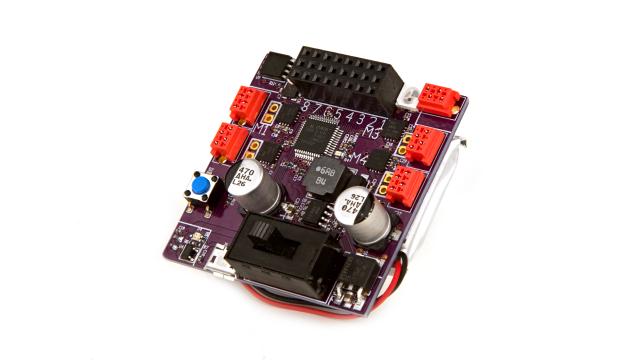Snekboard's Crowd Supply Campaign
Snekboard has garnered a lot of interest from people who have seen it in operation. Josh Lifton, a fellow Portland resident and co-founder of Crowd Supply, suggested that perhaps we could see how much interest there was for this hardware by building a campaign.

Getting Things Together
We took pictures, made movies, built spreadsheets full of cost estimates and put together the Snekboard story, including demonstrations of LEGO models running Snek code. It took a couple of months to get ready to launch.
Launching the Campaign
The Snekboard campaign launched while I was at LCA getting ready to talk about snek.
Interest is Strong
We set a goal of $4000, which is enough to build 50 Snekboards. We met that goal after only two weeks and still have until the first of March to get further support.
Creating Teaching Materials
We've been teaching programming in our LEGO robotics class for a long time. I joined the class about 15 years ago and started with LEGO Logo on an Apple II, and more recently using C++ with Arduino hardware.
That's given us a lot of experience with what kinds of robots work well and what kinds of software the students are going to be able to understand and enjoy experimenting with. We've adapted the models and software to run on Snekboard using Snek and have started writing up how we're teaching that and putting those up on the sneklang.org documentation page.
Free Software / Free Hardware
All of the software running on Snekboard is free; Snek is licensed under the GPL, Circuit Python uses the MIT license.
The Snekboard designs are also freely available; that uses the TAPR Open Hardware License.
All of the tools we use to design snekboard are also free; we use gEDA project tools.
Hardware and software used in education need to be free and open so that people can learn about how they work, build modified versions and share those with the world.
